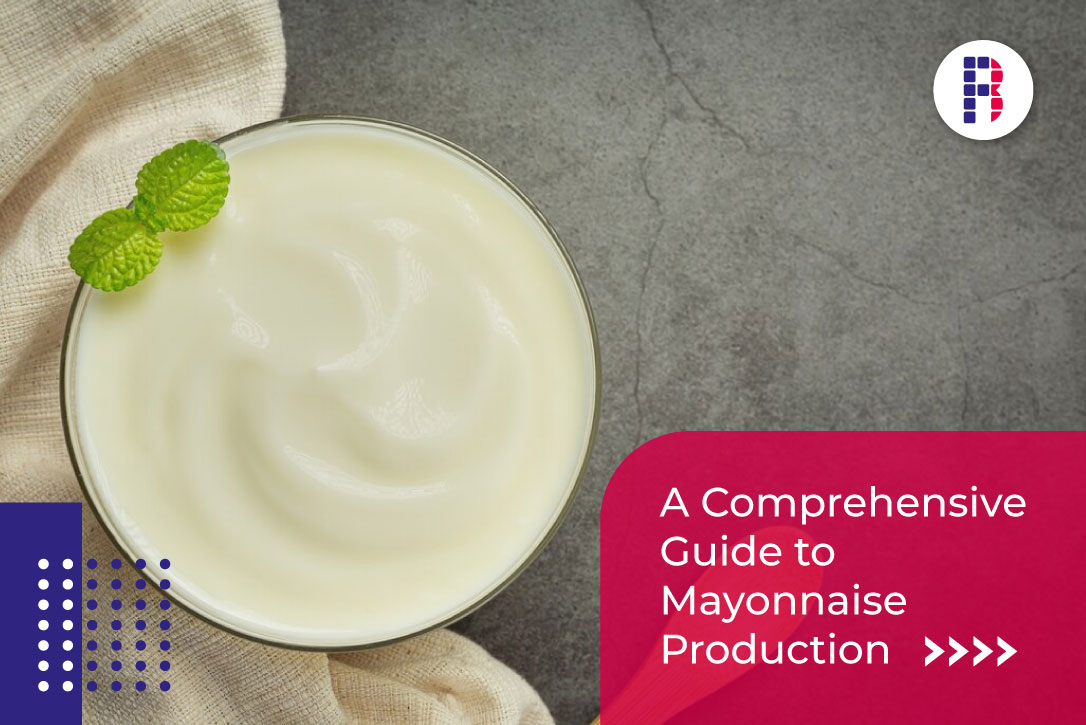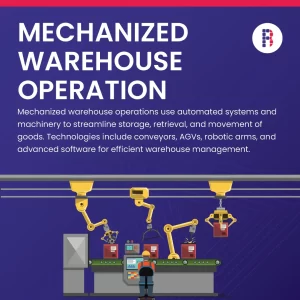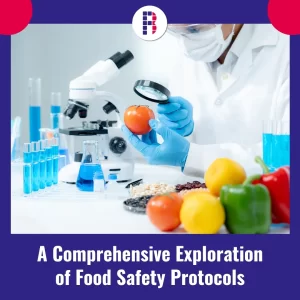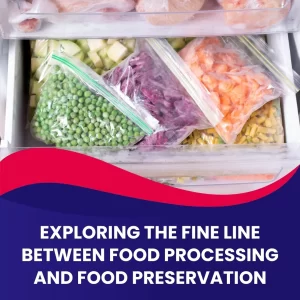Introduction
Mayonnaise is a versatile condiment enjoyed worldwide, adding creaminess and flavor to a wide range of dishes. In this blog, we will take you through the intricate process of mayonnaise production, including the equipment involved. Whether you’re an established manufacturer or a budding entrepreneur, this guide will help you navigate the world of mayonnaise production successfully.
Section 1: The Mayonnaise Production Process
Mayonnaise production involves a precise combination of ingredients, emulsification, and packaging. Let’s delve into each step of the process:
- Ingredients Selection
Quality mayonnaise starts with quality ingredients:
a. Egg Yolks: Typically, egg yolks from fresh, pasteurized eggs are used.
b. Oil: Common choices include soybean, canola, or sunflower oil. The oil should be of high quality and well-refined.
c. Vinegar or Lemon Juice: These provide acidity, which is crucial for flavor and emulsion.
d. Salt: To enhance flavor and act as a preservative.
e. Mustard: This adds both flavor and helps in emulsification.
- Emulsification
The process of combining oil and water-based ingredients to form a stable, creamy emulsion is the heart of mayonnaise production. It’s crucial to maintain constant agitation during this phase. The steps include:
a. Mixing: Egg yolks, salt, and mustard are mixed together in a large vessel.
b. Gradual Oil Addition: Oil is slowly added to the mixture while continually mixing to create a fine dispersion.
c. Acid Addition: Vinegar or lemon juice is incorporated gradually, balancing acidity and flavor.
d. Stabilization: Continue mixing to create a stable emulsion with the desired consistency.
- Seasoning
Mayonnaise can be customized with various seasonings, such as garlic, herbs, or spices. This step is crucial to achieve the desired flavor profile.
- Pasteurization
To ensure product safety and prolong shelf life, pasteurization is often employed. The mayonnaise is heated to a specific temperature and held for a set time, effectively killing any harmful bacteria.
- Cooling and Packaging
After pasteurization, the mayonnaise is rapidly cooled to preserve its quality. It’s then packaged into jars, bottles, or squeeze tubes, ready for distribution to consumers.
Section 2: Essential Equipment for Mayonnaise Production
Manufacturing high-quality mayonnaise requires the use of specific equipment tailored to the production process. Key equipment includes:
- Mixing Vessels: Stainless steel or food-grade plastic mixing vessels are essential for blending ingredients uniformly. Agitators or mixers ensure constant agitation during emulsification.
- Emulsification Equipment: High-speed emulsifiers or homogenizers help in creating a stable emulsion by dispersing oil droplets finely into the water-based mixture.
- Pasteurization Equipment: Pasteurizers, which can be batch or continuous, are used for the pasteurization process. They heat the product to the required temperature and hold it for a specified time.
- Cooling Units: Rapid cooling is essential post-pasteurization. Cooling units or heat exchangers are used to lower the temperature quickly.
- Packaging Machines: For efficient and hygienic packaging, various types of filling and sealing machines are available. These can accommodate different container types, ensuring your mayonnaise is ready for distribution.
- Quality Control Equipment: This includes instruments for measuring viscosity, acidity, and other quality parameters to ensure your mayonnaise meets industry standards.
Section 3: Quality Considerations
For a food consulting agency, maintaining high quality in mayonnaise production is paramount. Here are key quality considerations:
- Hygiene and Safety: Implement strict hygiene protocols to prevent contamination. Regular microbiological testing is essential.
- Ingredient Quality: Source fresh, high-quality ingredients to ensure a superior end product.
- Emulsification: Achieving a stable emulsion is critical for a smooth, creamy texture. Proper equipment and technique are essential.
- Taste and Consistency: Regular sensory evaluation ensures that the mayonnaise maintains its intended taste and texture.
- Labeling and Regulations: Ensure your product complies with food labeling regulations and is properly labeled for consumer information.
Conclusion
Mayonnaise production is a delicate balance of ingredients, technique, and quality control. For a food consulting agency, understanding the intricacies of this process is vital for helping clients maintain high standards in their production. With proper equipment, strict quality control measures, and a commitment to using quality ingredients, producing exceptional mayonnaise is not only achievable but also essential in meeting consumer expectations for this versatile condiment.






